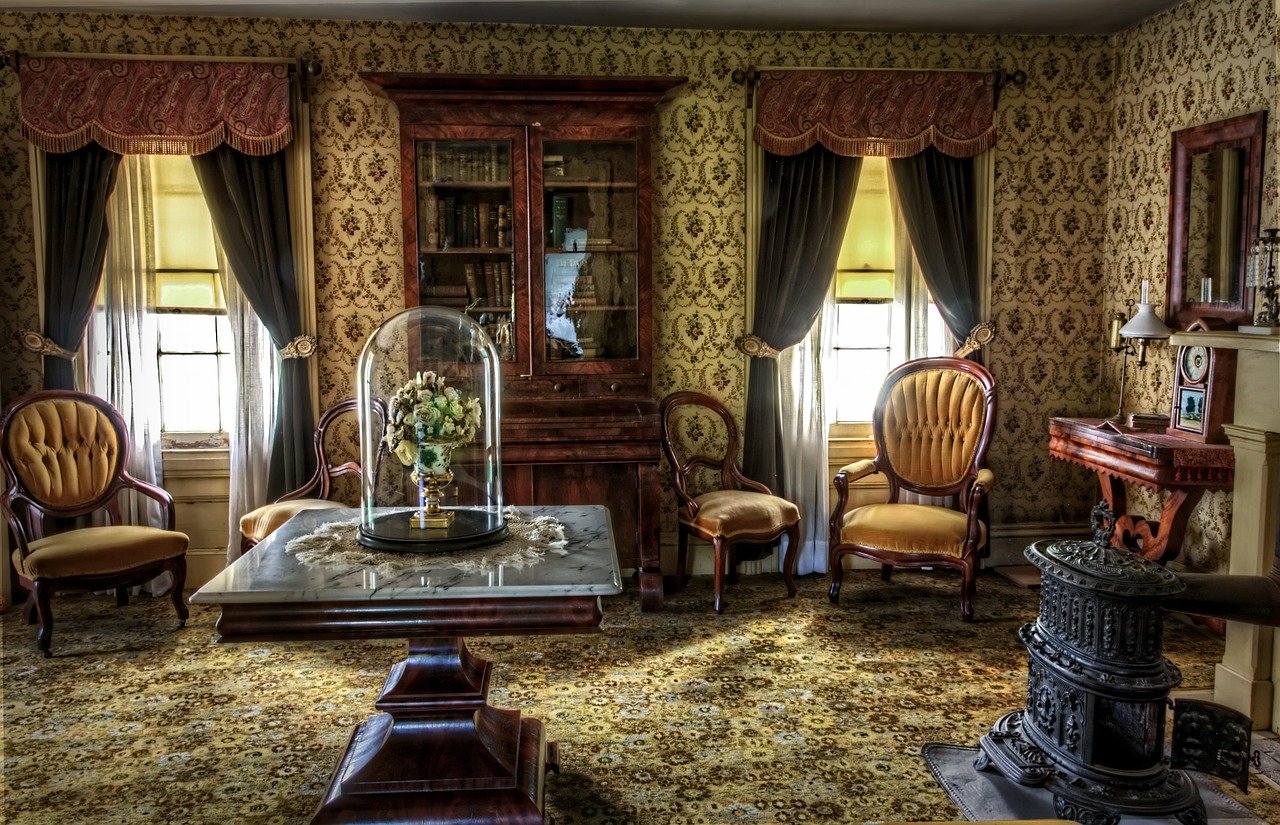
Currency trading or as it is widely known as Forex trading is a popular trade market with a daily turnover of 6.6 trillion USD. It is a global marketplace where people trade currencies with other national currencies. It is really exciting to invest in this market, mainly due to it being high in energy and sucks you in. But just like any other form of investment, it is very important that investors strategize wisely before investing in forex. Here are 5 things every trader should know before venturing into the world of Forex trading:
Picking the best Forex broker
Before choosing a forex broker for yourself there are a few factors that you should keep in mind example, regulations, fees, minimum capital in the account, commissions, and platforms. You should always make sure that the Broker you’re choosing is regulated by a qualified regulatory body. It’s necessary that you select a good trading platform as well, as trading platforms are considered as the doorway to the forex world. Normally, the broker would give a good list of platforms that a trader can select. While some brokers also have their own platforms that they’ve developed keeping their clients in mind. These are usually more favorable than other platforms. It is also wise for a trader to know about the spread fees or the commission fees as well as the minimum deposit required for that broker before they decide to engage in trading.
Currency pairs
Currency pairs are the price quotes of the value of one currency against the value of another currency in the forex trading market. Currency pairs can be classified into three categories include Major, Minor, and Exotic pairs. Major pairs are the most popular in the market and have the US dollar as one of the pairs as it’s the most traded currency in the globe as well. Minor currency pairs are normally the ones that don’t have the US dollar in the combination. Exotic pairs are combinations of currencies in which one of the pairs has the currency of a developing nation (e.g South Africa, Ethiopia, Turkey or, Brazil). It is to be noted that African currency was hit hard due to Covid – 19 and currency value took a dive when compared to major currencies of the world initially. But, after economies got back up in Africa, while major countries were still under lockdown, the value of their currencies strengthened up as well.
Practice first
Personal development is really important for a forex trader and this is why practicing is necessary. It is highly suggested that traders use a demo account to test out their strategies before actually trading with real money. Forex demo accounts are offered by all brokers and they are free. Different currency pairs can be tried out and once skills have been mastered traders can choose to shift to a live account and use their own capital to make money. Once you have the necessary experience in forex trading, you may wish to consider forex funding to help you with your trading. There is some of the quickest forex funding available to access funds, but it is recommended to start trading with your own money. This will help you to understand the market and build your skills before taking on extra financial risk.
Consistent trading
All traders step into the market with strategies and plans but most fail to stick to it and that’s when they mess up. Make sure that you stick to your plan along the way and stay consistent. Educating oneself is important and it’s also good to take risks as you learn along the way. But it’s necessary to stick to a strategy that works with discipline. Also, as time as experience grows it’s necessary for a trader to rework their strategy depending on their financial conditions and gains from the market. There are gonna be losses but it’s important to learn and adapt along the way.
Predicting the fluctuations in the market
Old traders prefer to use statistical data on fluctuations before trading, while new traders would simply forecast the fluctuations in the market by looking at external events that might affect the economy of a nation resulting in a change in their currency value. There are people who prefer to use a combination of both methods to plan their next move before investing in. For newer traders, there are tonnes of tools on the internet that help out in predicting the changes in the market. Forex traders should also keep an eye on future trade deals or nations that might have an event that may affect the economy directly or indirectly and plan accordingly while investing. Once a trader has gained enough experience, it’s wise enough to use both statistical prediction and predictions according to events together to read the market as it helps reduce the individual cons each method might have.
We have come to the end of the 5 things you should know before trading in forex. Hopefully, this information will help new traders to plan out and apply it in their initial journey. It is very important that traders form up their own trading strategies and refrain from copying others as something that works for them might not work for you.






